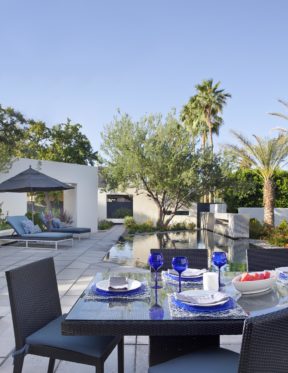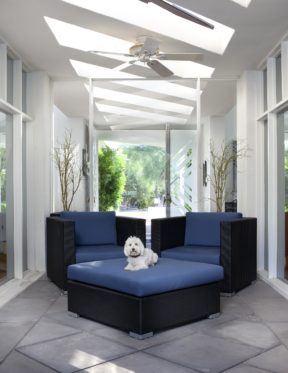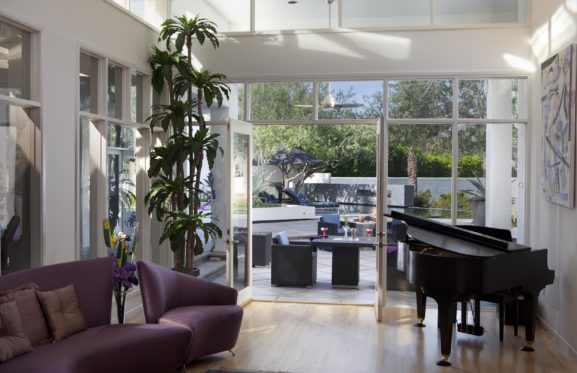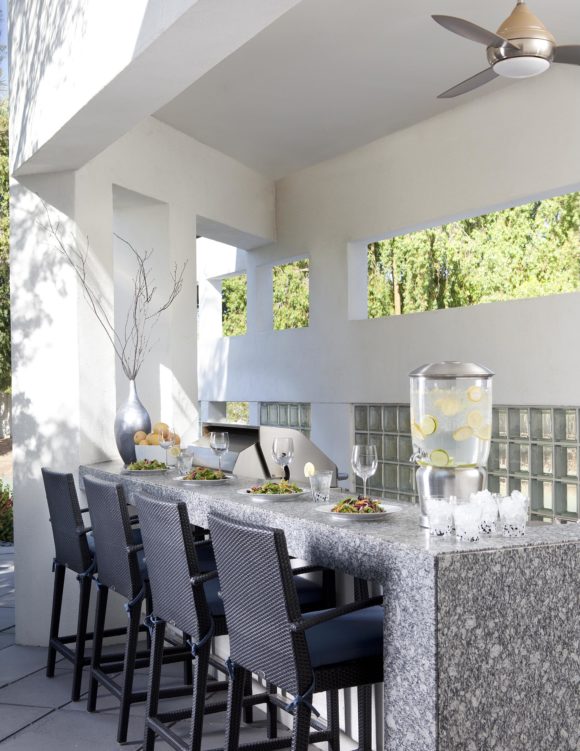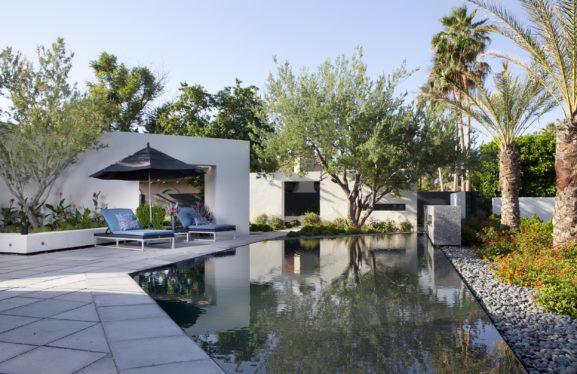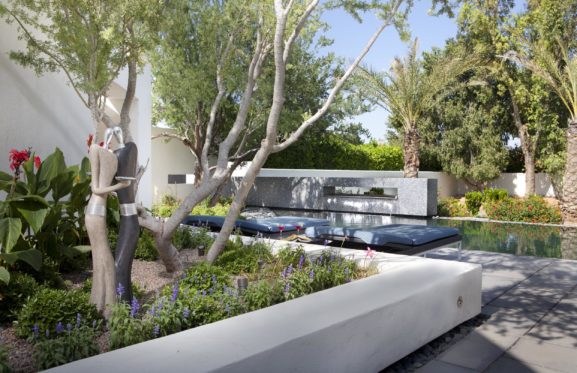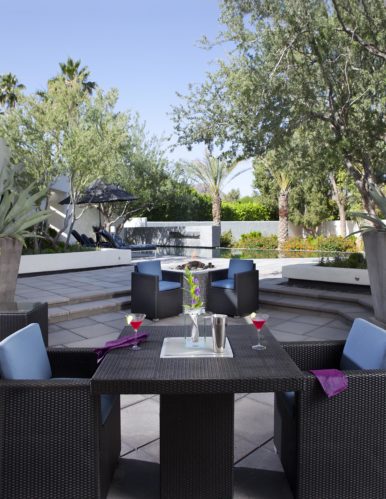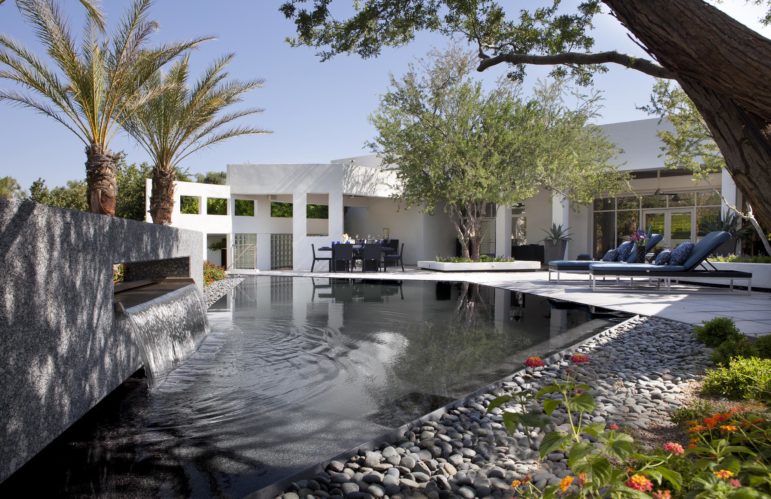TRANSFORMAZIONE EXTRAORDINAIRE
This is one of my favorite transformation projects.
The house, all white in its aesthetic with warm hardwood floors, reminded me of the work of architect Richard Meier, most renowned for his work at the Getty Art museum. But this house also had a subtractive compositional style, notably reminiscent of Mario Botta, where you carve away from a larger volume to arrive at the finished form (rather than additive, where you build it from the ground up and attach “gingerbread” features to it).
I was so enjoying the house when I first arrived. Then, when I entered the backyard, I was floored. What a departure!
The pool did carry the same geometry as the house, but it had been muddied over by successive owners with terrible planting layouts, a hodgepodge of deck materials, and last but not least, what I lovingly refer to as the artificial rock “penguin exhibit” water feature. Wow.
We tore out everything but the shell, bringing instant relief to the space, and started anew.
In place of the penguin exhibit, we brought in my favorite tree, of course the bonsai quality of the Ironwood is unsurpassed. And we brought in two more to shade this western facing patio, that had previously rendered it an unshielded bake oven.
One celebrated detail of this renovation was converting the pool to a mirror via a John Lautner-style perimeter overflow edge that brought the water flush to the patio surface.
This effect celebrated the glory of the sculptural ironwood by reflecting it on the smooth-as-glass surface.
Book-ending the world, we created a new barbecue and shade structure that echoed the architectural style of the house. By planting carefully along the edge of the pool, we were able to obscure the sunken tennis court that had been the previous concrete tarmac, the backdrop enjoyed by the previous water feature.
When everything works together, curated and orchestrated in an intentional and seamless way, everything makes sense. The space becomes thoughtful, and you can let go, to finally enjoy a serene and calming sanctuary.
LET'S TALK ABOUT YOUR NEW OUTDOOR LIVING SPACE.
Would you like a complimentary copy of Kirk Bianchi’s 32 Design Principles?
This book of principles captures the elusive qualities that separate what is esteemed from the mundane. They elevate even simple projects to an art form.
Those who have studied the arts know these fundamentals; yet the finesse of implementing these insights consistently takes rigorous application few have attained. The masters integrate them intuitively and now you can have them at your fingertips.

